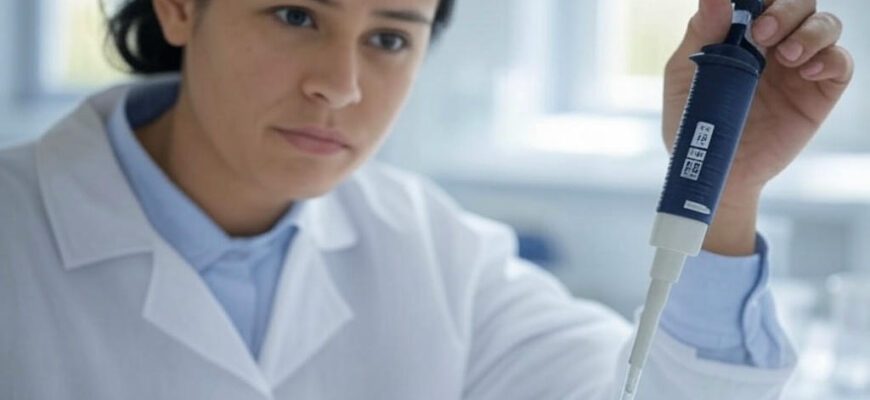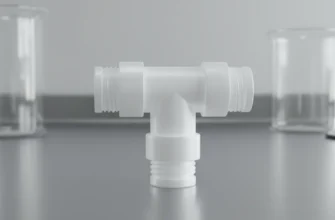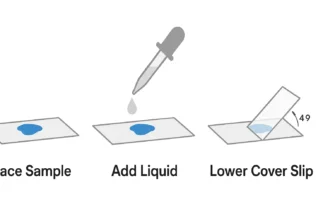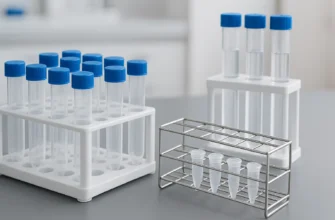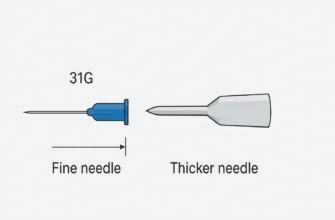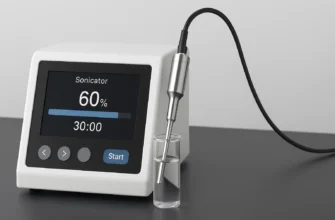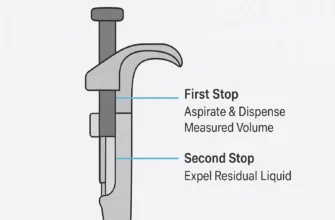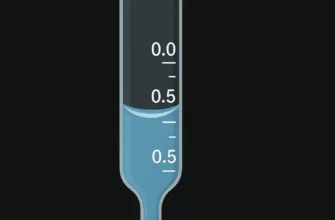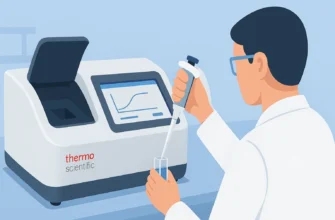Proper Pipetting Techniques: Optimizing Tip Changing and Wetting Methods for Laboratory Accuracy
Proper pipetting techniques, particularly tip changing and pre-wetting protocols, are fundamental to achieving accurate and reproducible laboratory results. Research indicates that while equipment calibration receives significant attention, pipetting technique is equally critical for ensuring experimental integrity. Optimal pipetting practices can significantly reduce measurement error, with proper tip changing preventing cross-contamination and pre-wetting techniques improving dispensing accuracy by up to 1-2% for aqueous solutions and by even greater margins for volatile or viscous liquids. This comprehensive guide outlines evidence-based best practices for pipetting procedures that enhance accuracy, precision, and overall reliability in laboratory environments.
Understanding Pipetting Fundamentals
Types of Pipettes and Their Applications
Air displacement pipettes, the most common laboratory tool, function by creating a partial vacuum that draws liquid into the tip. These pipettes are designed for general-purpose applications with aqueous solutions. In contrast, positive displacement pipettes, where the piston directly contacts the liquid, are specifically designed for challenging solutions such as high viscosity and volatile liquids.
Basic Pipetting Terminology
To establish a foundation for proper technique, it’s important to understand key pipetting terms:
- Aspirate: The process of drawing liquid into the pipette tip
- Dispense: Delivering the liquid to the target container
- Blow-out: Completely emptying the tip by depressing the plunger to the second stop
- Pre-wetting/Pre-rinsing: Drawing and dispensing liquid multiple times before the actual transfer
- Accuracy: How close the dispensed volume is to the set value
- Precision: How consistent the volume is over multiple dispenses
The Importance of Proper Tip Changing
Preventing Cross-Contamination
Changing pipette tips between samples is a critical laboratory practice. When tips are reused, residual traces from previous samples can transfer to subsequent samples, compromising experimental integrity. This cross-contamination is particularly problematic in sensitive applications like PCR, where even trace amounts of DNA or RNA can produce misleading results.
Maintaining Accuracy and Precision
Used pipette tips accumulate liquid residues, air bubbles, or contaminants that can significantly affect volume delivery. Each successive use without changing tips leads to progressively distorted measurements, undermining both accuracy and precision. In applications requiring exact measurements, even minor variations can dramatically impact outcomes.
Eliminating Sample Carryover
Sample carryover occurs when residual droplets remain in the tip after dispensing. These remnants mix with subsequent samples, creating inaccuracies in concentration and purity measurements. This is particularly problematic when working with different concentrations in a dilution series or when transferring between different solutions.
When to Change Tips: Best Practices
For maximum accuracy and reliability, pipette tips should be changed:
- Between different samples or reagents
- When moving from one concentration to another in dilution series
- After dispensing viscous or protein-containing solutions
- When switching between different types of solutions
- After any suspected contamination or inaccurate aspiration
Pre-Wetting Techniques: A Critical Step for Accuracy
What is Pre-Wetting and Why It Matters
Pre-wetting (also called pre-rinsing) involves aspirating and dispensing liquid multiple times before the actual transfer. This process equilibrates the air space inside the pipette tip and establishes humidity equilibrium within the system. Pre-wetting is recommended by ISO 8655 for most liquid handling procedures and is especially crucial for accurate measurements.
Proper Pre-Wetting Protocol
The recommended pre-wetting technique involves:
- Aspirating the solution to the first stop
-
Lifting the pipette tip from the liquid
-
Dispensing to the second stop
-
Repeating this process 3-5 times before the final transfer
For volatile liquids, increasing the number of pre-wetting cycles to at least five times is advised to fully saturate the air column.
Benefits of Pre-Wetting for Different Liquids
Pre-wetting offers significant advantages for various liquid types:
- Aqueous solutions: Increases accuracy by reducing evaporation within the tip air space
- Volatile liquids: Prevents dripping by saturating the air column, reducing evaporation effects
- Cold/warm liquids: Helps equilibrate temperature differences that could affect volume measurement
Without pre-wetting, the first few dispenses typically deliver less volume due to evaporation effects, creating systematic errors in measurement.
Common Pre-Wetting Mistakes
Common errors in pre-wetting technique include:
- Insufficient cycles (fewer than three)
- Failing to fully expel liquid during the pre-wetting process
- Only partially filling the tip during pre-wetting cycles
- Pre-wetting when using reverse pipetting or multi-dispensing techniques (not recommended)
Pipetting Techniques for Different Scenarios
Forward Pipetting: Methods and Applications
Forward pipetting (standard technique) involves:
- Depressing the plunger to the first stop
-
Immersing the tip into the liquid and releasing the plunger to aspirate
-
Dispensing by depressing to the first stop, then continuing to the second stop to perform blow-out
This method is ideal for:
- General aqueous solutions
- Routine laboratory procedures
- Applications where blow-out is beneficial for complete liquid transfer
Reverse Pipetting: When and How to Use It
Reverse pipetting involves:
- Depressing the plunger beyond the first stop to the second position
-
Aspirating liquid (which includes excess volume)
-
Dispensing only to the first stop, leaving excess in the tip
This technique is particularly valuable for:
- Viscous liquids that tend to stick to pipette tips
- Volatile solutions prone to evaporation
- Foaming liquids where bubble formation must be minimized
- Applications requiring highly reproducible volumes
Handling Challenging Liquids
Volatile Liquids
For volatile liquids like ethanol, acetone, or acetonitrile:
- Pre-wet the tip at least five times to saturate the air column
-
Use reverse pipetting technique
-
Pipette quickly to minimize evaporation time
-
Consider using filtered tips to prevent chemical vapor from damaging the pipette mechanism
Viscous Solutions
For viscous solutions like glycerol or protein solutions:
- Use reverse pipetting to avoid residual liquid remaining in the tip
-
Pipette at slower speeds to allow proper flow
-
Hold the pipette at a consistent angle
-
Consider using positive displacement pipettes for very viscous liquids
Foaming Substances
For solutions containing detergents or proteins that tend to foam:
- Use reverse pipetting technique to minimize bubble formation
-
Pipette slowly and carefully
-
Consider using extended or “SafetySpace” filter tips if available
-
Dispense against the wall of the receiving vessel at a 30-45° angle
Pipetting Small Volumes: Special Considerations
When working with volumes under 10 μL:
- Hold the pipette as vertical as possible (0-20° angle)
-
Pre-wet the tip properly to stabilize humidity
-
Consider using reverse pipetting for improved accuracy
-
Use appropriate low-volume pipettes rather than larger ones adjusted down
-
Pipette slowly to avoid cavitation, which can significantly reduce accuracy
Environmental Factors Affecting Pipetting Accuracy
Temperature Equilibrium
Temperature differences between pipettes, tips, and liquids can significantly affect measurement accuracy:
- Allow all components to reach room temperature before pipetting when possible
-
Be aware that cold liquids from refrigeration will expand as they warm, changing volume
-
For temperature-sensitive samples, consider pre-cooling pipette tips
-
Understand that working at constant temperature minimizes variation in pipetted volume
Humidity Considerations
Ambient humidity affects the air column within the pipette:
- Higher humidity reduces evaporation effects but may increase sticking of droplets
-
In low humidity environments, pre-wetting becomes even more critical
-
Consistent laboratory humidity conditions improve reproducibility
Laboratory Conditions for Optimal Results
For maximum pipetting accuracy:
- Work in draft-free environments to prevent temperature fluctuations
-
Maintain consistent temperature and humidity in the laboratory
-
Avoid direct sunlight on pipetting areas, which can cause localized heating
-
Consider using biosafety cabinets with controlled airflow when appropriate
Pipetting Best Practices: A Comprehensive Guide
Proper Pipette Angle and Depth
The angle and depth of pipette insertion significantly impact accuracy:
- Maintain a consistent angle not exceeding 20 degrees from vertical
- For volumes below 30 μL, hold the pipette as vertical as possible
- Immerse the tip only 2-3 mm below the liquid surface when aspirating
- Keep the pipette upright during aspiration and slightly tilted during dispensing
Touch-Off Techniques
After dispensing, a small droplet often remains at the tip end:
- Touch the tip against the side wall of the receiving vessel at a 30-45° angle
-
Maintain contact for 1-2 seconds to allow surface tension to draw remaining liquid
-
Withdraw the tip while maintaining contact with the vessel wall
-
For critical applications, consider combining touch-off with blow-out technique
Consistent Pipetting Speed
Pipetting speed affects accuracy, particularly for challenging liquids:
-
Maintain slow, controlled aspiration to prevent air bubbles
-
Release the plunger smoothly during aspiration
-
Pause consistently (about one second) after aspiration before removing from liquid
-
Dispense at a moderate, consistent speed suitable for the liquid type
Calibration and Maintenance
Regular pipette maintenance ensures ongoing accuracy:
- Calibrate pipettes at least annually, preferably every 3-6 months for critical applications
-
Clean the exterior with appropriate solutions (e.g., 70% ethanol)
-
Check for visible damage or wear before each use
-
Re-calibrate whenever switching between tip types or manufacturers
Conclusion
Proper pipetting techniques, particularly tip changing and pre-wetting protocols, are fundamental to laboratory accuracy and reproducibility. While tip changing prevents cross-contamination and maintains measurement integrity, pre-wetting optimizes the pipetting environment to ensure consistent liquid delivery. Different liquid types require specific approaches, with forward pipetting suitable for routine work and reverse pipetting offering advantages for challenging solutions. Environmental factors, proper technique, and regular maintenance all contribute to optimal results.
By implementing these evidence-based practices, laboratories can significantly improve measurement accuracy, reduce experimental variability, and enhance the reliability of their research outcomes. As pipetting remains one of the most common laboratory procedures, mastering these techniques represents a fundamental investment in research quality and scientific integrity.

